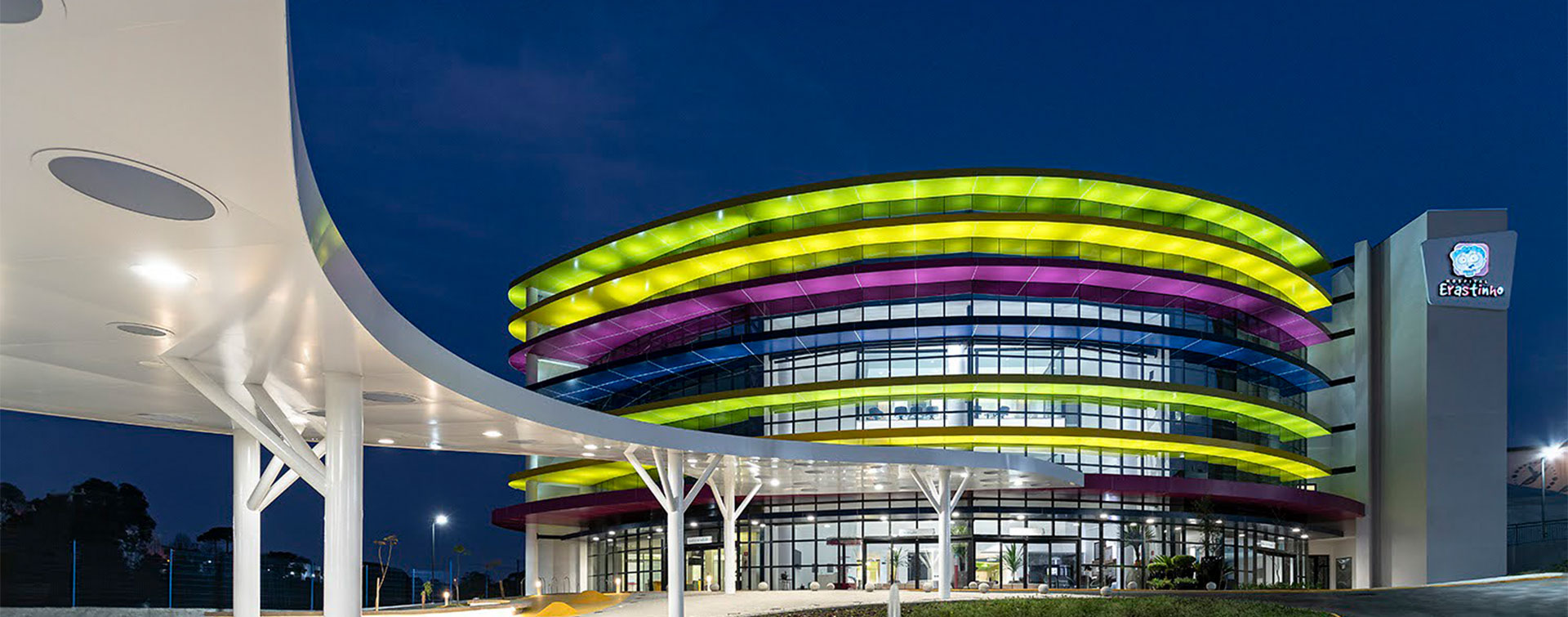 4 min
4 min
Infrastructure is the nervous system of our regions, and as such its smooth operation is vital to ensuring mobility and access to water, power and communications. Faced with increasing climate hazards – heatwaves, floods, freeze-thaw cycles, increasing soil salinity – the resilience of our infrastructure is being severely tested. This is where construction chemicals come into their own, providing a little-known but strategic lever. By acting on the formulation of concrete, the waterproofing of structures and the performance of coatings, construction chemicals can make infrastructure more adaptable, more sustainable and lower in carbon emissions.
Decarbonizing without losing performance: the concrete revolution
Concrete is still indispensable for construction, but traditional concretes emit high levels of CO2, mainly due to clinker, the active ingredient in cement. To reduce the carbon footprint, alternatives to clinker are being deployed, such as blast furnace slag, limestone fillers, recycled aggregate and even geopolymer binders. However, these solutions often have lower initial performance, particularly at the early hardening stage, i.e. when the concrete is setting.
Thanks to construction chemicals, it is possible to overcome these shortcomings. Admixtures and superplasticizers make it possible to achieve the same or even greater strength, while reducing the proportion of clinker used and hence the carbon footprint.
Strengthening infrastructure resilience
The contribution from construction chemicals goes beyond the challenges of decarbonization, and touches on the actual resilience of infrastructure in the face of extreme climate events. The aim is to improve the mechanical adaptability of infrastructure and its resistance to heat and water.
6 900
billion of annual investment in sustainable infrastructure will be needed by 2030, according to the OECD.
In Cairo (Egypt), the world’s longest driverless monorail (700,000 m3 of concrete) required a formulation resistant to temperatures ranging from 5 to 45°C. The superplasticizers used ensure the consistent performance and durability of the structures, and facilitated implementation on site.

In Phoenix (USA), where temperatures regularly exceed 43°C, an innovative cool pavement program uses reflective chemical coatings. As a result, surface temperatures have dropped by 6°C and pavement life is extended from four to eight years, halving the frequency of repairs.
Repair rather than rebuild
As a result of repeated extreme weather events, aging infrastructure is becoming more fragile and requires more frequent maintenance. But rebuilding is costly, time-consuming and emits carbon. Construction chemicals offer solutions to extend service life and reduce maintenance: injection resins for tunnels, HDPE (high-density polyethylene) waterproofing membranes, surface coatings.
The renovated Delaware Memorial Bridge is the first in the United States to feature the use of Ultra-High-Performance Concrete (UHPC). Through use of a customized admixture, the structure uses less material but shows superior mechanical performance, while significantly reducing the carbon footprint. Its renovated deck is designed to last more than 50 years with minimal maintenance, enhancing its structural, financial and environmental resilience.
Innovative projects emerging around the world prove that construction chemicals can be used to build, renovate and adapt infrastructure to meet climate challenges. But their role goes beyond the technical: it implies a new vision of planning, in which materials are smart and responsive, structures are adaptive, and resilience strategies are integrated right from the design stage. Building less but better, repairing rather than demolishing, planning ahead rather than suffering damage: these are all areas in which construction chemicals, discreet but essential, now play a key role.
Also read:
The many faces of innovation in construction
Integrated solutions to combine performance and sustainability










